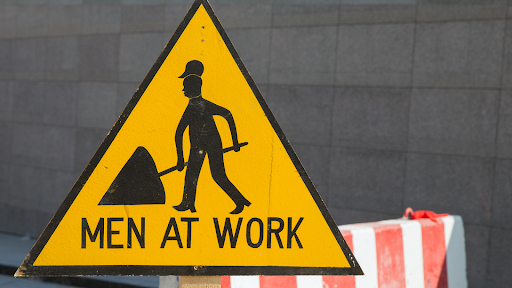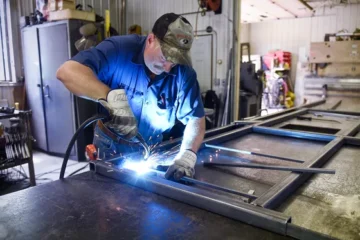Construction sites are dynamic environments where heavy machinery, vehicles, and workers come together to complete projects. With so many moving parts, it is crucial to implement temporary traffic control measures to ensure the safety of everyone involved. This article will explore the importance of implementing these measures on construction sites and guide how to set them up effectively. From proper signage to designated paths for vehicles and pedestrians, temporary traffic control measures are vital in minimizing hazards and promoting a safe work environment. Join us as we delve into the best practices for implementing these measures on construction sites.
High-Tech Solutions for Traffic Management
Implementing temporary traffic control measures on construction sites is essential for managing the flow of vehicles, equipment, and workers safely and efficiently. To achieve this, high-tech solutions can be employed to streamline the process and improve overall safety. One such solution is using advanced traffic management systems incorporating sensors and real-time data analysis to monitor traffic patterns and adjust as needed. These smart traffic control systems can help prevent congestion, reduce the risk of accidents, and ensure that all parties on the construction site can move around freely without disruptions.
Using digital signage and electronic message boards can also provide clear instructions and guidance to drivers and pedestrians on construction sites. These digital displays can be easily updated and customized to convey important information such as detours, speed limits, and potential hazards. By utilizing advanced systems for temporary control, construction companies can effectively communicate with stakeholders and minimize the risk of accidents and delays. Overall, implementing high-tech solutions for traffic management on construction sites is instrumental in creating a safer and more efficient work environment for all involved.
Setting Up Effective Barriers and Signs
Proper placement is essential to setting up effective barriers and signs on construction sites. Barriers should be strategically placed to delineate areas where work is carried out and prevent unauthorized access. They should also be placed in a way that directs traffic flow and minimizes the risk of accidents or collisions. Additionally, signs should be placed at eye level and in prominent locations to ensure pedestrian and vehicle traffic visibility. Clear, concise messaging on signage is key to effectively communicating important information to those on-site.
Construction sites are constantly evolving, with work progressing and conditions changing regularly. It is essential to regularly assess the effectiveness of barriers and signs and make adjustments as needed. This may include moving barriers to accommodate changing work zones, replacing damaged or faded signs, or adding new signage to address emerging risks or hazards. By staying vigilant and proactive in monitoring and maintaining traffic control measures, construction site managers can help ensure the safety of all personnel and visitors on-site.
Managing Vehicle and Pedestrian Traffic
Managing vehicle and pedestrian traffic on construction sites is essential for ensuring workers and the general public’s safety. By implementing temporary traffic control measures, such as proper signage and designated pathways, potential hazards can be minimized, and accidents can be prevented. This protects the well-being of workers and pedestrians and helps maintain the efficiency of the construction project by reducing the risk of delays due to accidents or traffic congestion.
Effective temporary traffic control measures involve proper planning and communication among all parties. Construction site managers must assess the site’s specific needs and implement measures that suit the unique conditions and requirements. This could include creating clear pathways for vehicles and pedestrians, ensuring visibility through adequate lighting and signage, and establishing protocols for safely manoeuvring around the site. By prioritizing safety and implementing these measures effectively, construction projects can proceed smoothly and without incident.
Adapting to Changing Conditions
Adapting to changing conditions is critical to implementing temporary traffic control measures on construction sites. As projects progress and work areas shift, traffic patterns may need to be adjusted to accommodate these changes. To ensure the continued safety of workers, equipment, and pedestrians, it is imperative to be flexible in modifying traffic control measures as needed. This may involve repositioning signage, creating new paths, or adjusting speed limits to reflect the current conditions.
Maintaining flexibility in traffic control measures also allows for efficient project management. By adapting to changing conditions, construction sites can minimize disruptions and delays caused by unexpected weather changes or unforeseen obstacles. This proactive approach enhances safety and enables construction projects to stay on schedule and within budget. Overall, flexibility in traffic control measures is essential for success in the dynamic environment of construction sites.
Keep an eye for more latest news & updates on Discover Tribune!




